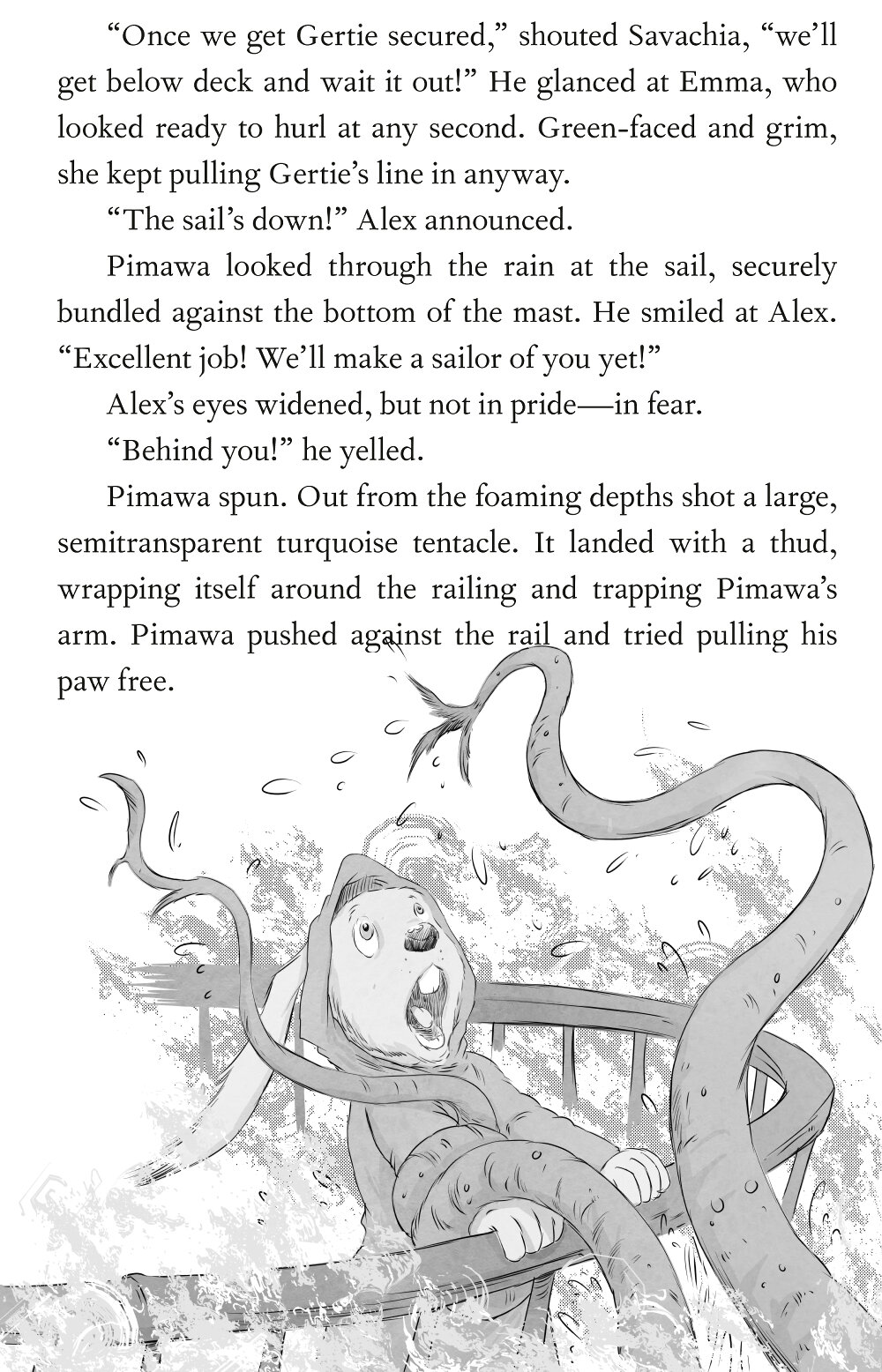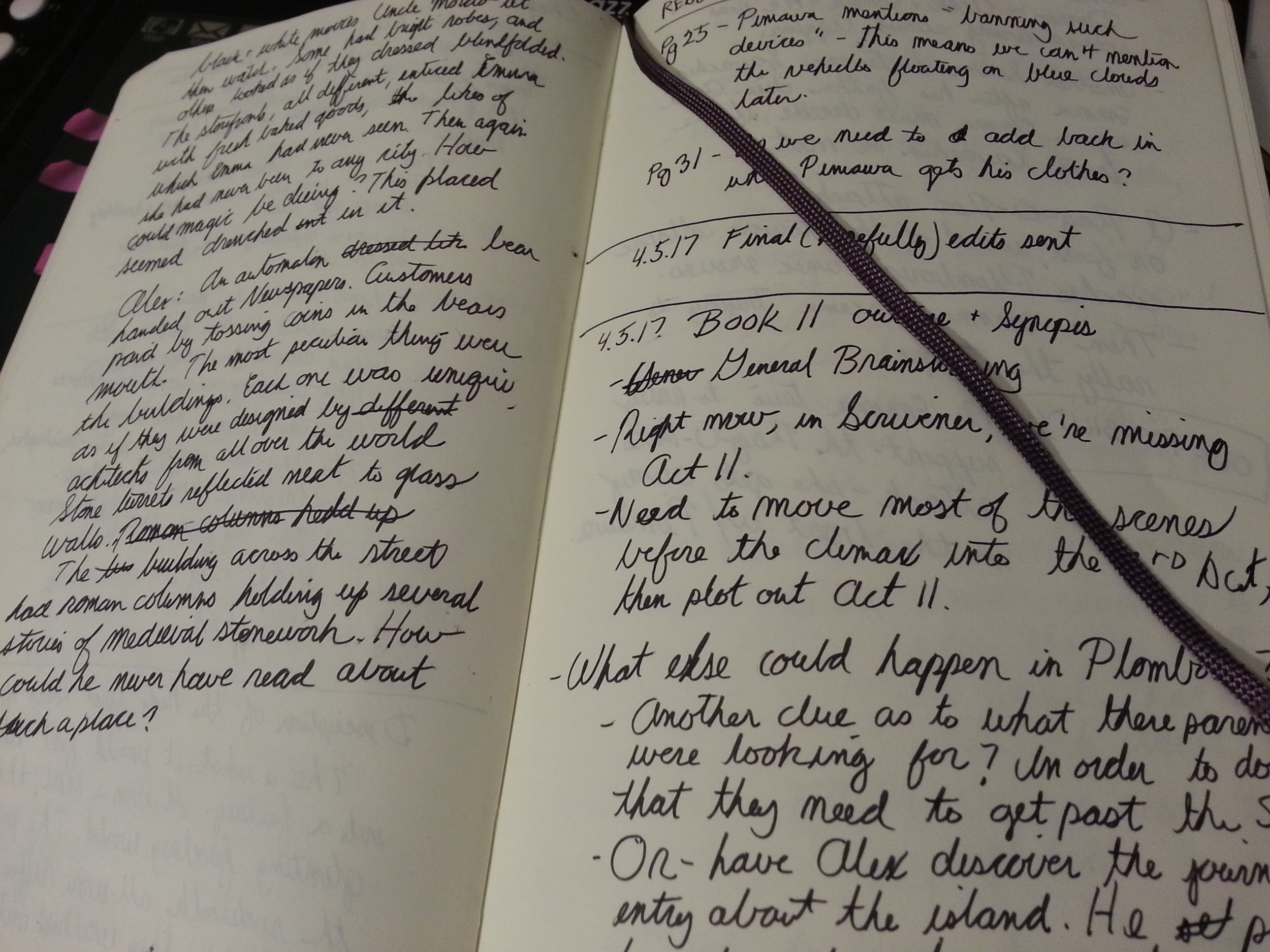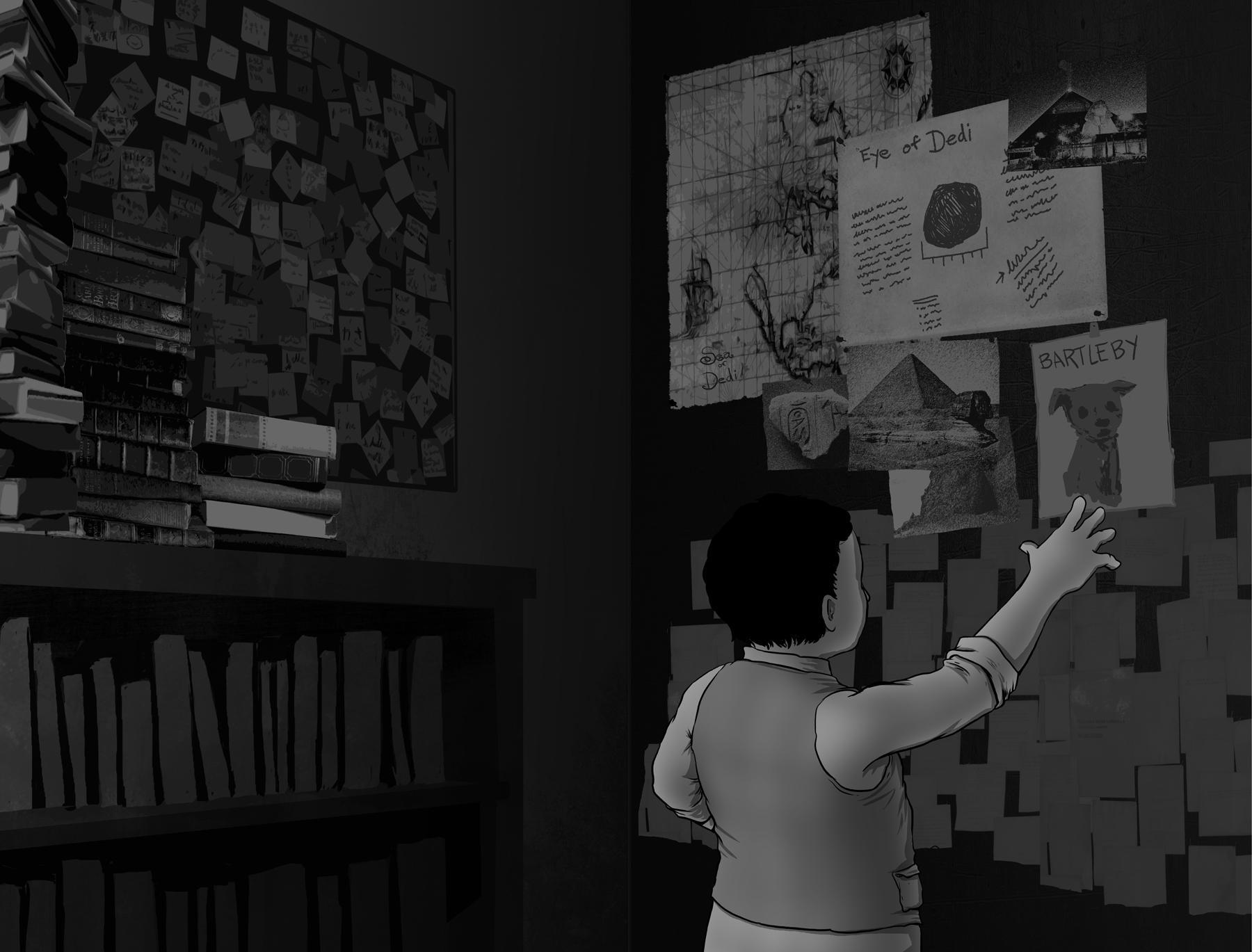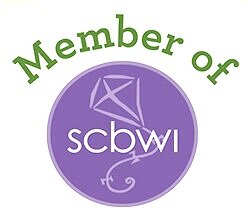Excerpt from “The Conjurers Book 3: Fight for the Fallen”
Today’s excerpt from book three features everyone’s favorite character, Pimawa! He is certainly my favorite, but how did I come up with him? Thought I’d share his origin’s and also a few tips on how you can create your own characters for your story.
The idea behind the Conjurian was that it was a land of magicians, where they could be free of persecution. That meant, when they crossed over into our world, “The Flat World” as magicians like to call it, they had to disguise the secrets they brought over. Now, from day one, I did not want to inclcude the cliched rabbit out of a hat. However, during one brainstorming doodling session, I sketched these rabbit like creatures called Jimjarians. They are sort of like butlers for magicians. They were too interesting (and cute) to discard. I had to work them into the story.
Thank goodness I did. As the Jimjarian history revealed itself to me, I discovered they were much more than cute, fun companions. Their past is intricately intwined in “The Conjurers” story, as you saw in book two. Even more so in book three. No spoilers here. This happened because I put in the time exploring Pimawa’s personality and his family’s past. The point is, great characters take time.
I’ll share a few simple tips you can use to make your own unforgettable characters.
Tips for Writing Character Biographies
A character biography should provide readers with a sense of the character's background, personality, and quirks.
A great way to start writing a character bio is to answer these questions:
- What are some of their hobbies?
- What are their favorite foods?
- What do they like in bed?
- Where would they go on a dream vacation?
- What's their favorite TV show or movie?
These questions might seem very personal, but remember that making your characters as real as possible will make your story more compelling.
How to Come up with Great Ideas for Storylines
To come up with great ideas, one should be creative in their thought process. One can also look at the different aspects of a character or setting that can help them develop something interesting.
There are various methods to come up with ideas for storylines. One of the most popular ways is taking inspiration from real life events and developing it into a fictionalized version. Creative thinking can also lead to interesting storylines, by asking questions about the world and trying to find answers for them.
It is important to note that one does not need to have all the answers for an idea before they start working on it as they will come up with new ideas while they work on their project.
What's the Difference Between Protagonist and Antagonist?
In a nutshell, the protagonist is the good guy, and the antagonist is the bad guy. But not all heroes are good and not all villains are bad.
A hero can be a protagonist in some stories and an antagonist in another story. It's all about perspective. The same goes for a villain- they can be an antagonist in one story and a protagonist in another.
Conclusion: Writing Characters is a Tough Task but not Impossible!
You can do a great job of creating believable and compelling characters. The key is to understand the audience, genre, and story you are telling.
The most important thing when writing a character is to make sure that they are interesting. Create a character that has strong desires or motivations in order to give them something to act on. They should also have flaws or weaknesses that they struggle with and have an arc throughout the book - going from weak to powerful by the end of the story.
As always, send any questions my way or suggestions for what you’d like me to post about next. Cheers!



















